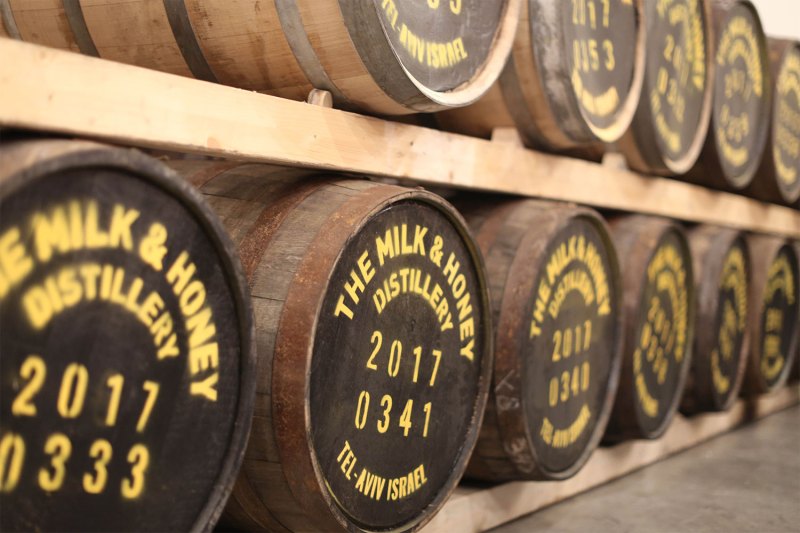
India. Sweden. France. Israel? You heard right. The next hot whiskey-producing country just might be Israel.
Taking a page out of the Taiwanese Kavalan Whisky book, Milk & Honey worked with the late Jim Swan to create a superior whisky in hopes to build a whole knew category to stock their liquor shelves.
Like Kavalan and Brenne in France, Milk & Honey knows the world whisky movement is appealing to drinkers across the globe and the whisky market is no longer fully dominated by the four countries of Scotland, Ireland, Canada, and the U.S., Japan can now also be lumped into the nation’s known as whisky makers, said Eitan Attir, the CEO of Milk & Honey.

“The audience wants a better story, whisky coming from different places, using different sources, climates, and environments of aging,” Attir said. “This segment will continue to get bigger and bigger. Now you can see more than 40 countries with at least one distillery.”
“It’s great and for us, we want to tell the story about Israel,” he added.
Milk & Honey’s first fully-mature single malt whisky will be ready next year, but to act as a bridge from when the company opened its doors to when the whisky is ready, they’ve made a range of gins and an herbal liqueur made with all Israeli botanicals.

They also have released sneak previews of the single malt as it ages — and despite no written regulations, they’re following the rules of Scotch. Within several months of the initial release of the fully mature single malt, Attir mentioned more editions, like peated and wine cask whiskies with wineries from Israel.
Attir said Milk & Honey has used Kavalan as a model as the climate of Tel Aviv is similar to that of Taiwan. The eight months of high temperatures and high humidity help the whiskies age quicker.
“The environment matures the whisky much faster so you get more color, more body, and more complexity in taste after several years and not the 12 to 18 for amazing vintages,” Attir said. The shorter time is a benefit when looking at the angel’s share, which is nearly10 percent annually in Israel, unlike the 1 to 2 percent in Scotland.
In addition to the environment in Tel Aviv, Attir said Israel has an additional three climates Milk & Honey will take advantage of with warehouses plotted out. Within two-hour drives, whisky can be stored in the desert, on the seashore, and in the mountains.

By utilizing the Israeli climates and as many Israeli ingredients as possible, Attir said they’re excited to tell the story of Israel through whisky.
Since Milk & Honey started their process in 2012, several other distilleries have opened in Israel, joining a slew of breweries and wineries in the Middle Eastern country.
Israel is a unique market in nearly a quarter of the whisky they drink is single malt, as opposed to the world average of 11 percent. Still, it’s a small country and the company has big ambitions and investments.
More than 85 percent of Milk & Honey’s products — it has a capacity of 1.1 million bottles a year — will be exported out of Israel, so the company’s executives feel it is important for them to build Israeli whisky as a category within new world whisky. The company expects to enter the U.S. market heavily in 2019.
“We are really happy there are more and more Israeli distilleries are opening,” he said. “It’s very important for us to show this side of Israel. All these distilleries will show a different side of Israel, using unique raw materials, so it’s not just what you see in the news, but a place full of free spirit and produces great beer, wine, and whisky.”


